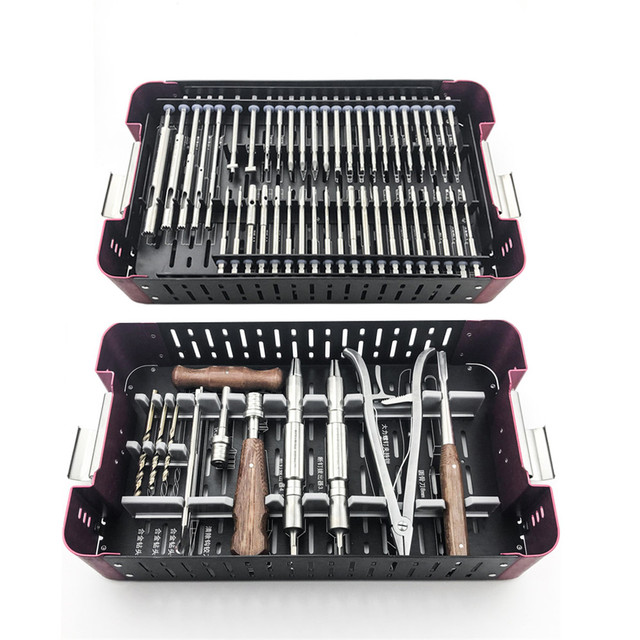Lazurus
Established Member
Can someone recommend me a set of screw extractors that actually work. I have tried a couple of sets with zero success. Additionally is there a knack to using them as I am not above user error causing the failures.

A good idea as it will probably help reduce some of the stress.drill the pilot holes as deep as possible.






Tbh there are loads of these sets on the usual sites but I’d go with a quality set . The ones in the picture are snap on but I have a old dormer set somewhere. The key imo is the 1st pilot hole and then moving onto the second etc . Only go bigger if it’s a decent size screw. I used to remove the small bleed screw from radiators that had either seized or broken off without too much difficulty. Try to drill the screw pilot hole parallel to the angle of the screw and if you know how long the screw is you can drill to a decent depth , the extractor works by turning anti clockwise and applying downward pressure until it bites into the screw. Hardened screws are probably the worst but just get that pilot hole as deep as possible . Use oil or cutting paste if necessary.My useag is generally getting wood or masonry screws out where they have rounded out. I have had no success in getting the threaded part to bite into the pilot hole, I am wondering if they are just made of chinesium which is softer that the screws themselves.
I disagree sorry ,, I’ve removed tiny brass air bleed pins from radiators and steel wood screws from wood. I’ve even removed a 5” nail from a door frame that was behind the hinge ( it did of course wreck the extractor) as I had to pull on it with a set of mole grips but I pulled it out enough to get the claw hammer on it . I also have several other sets for hardened steel screws. It’s all down to how determined you are and not always about what you use .There is no way that a set of extractors like that would be of any use for wood screws.
A mate had to have an “easy out” screw extractor spark erroded out after it snapped whilst trying to remove broken stud in an air cooled VW head,,the spark people took out the broken stud too but it was so long ago I cannot recall what we had to do with it then,,I would guess it required a hellicoil?What you don't want is an extractor that is tapered so it exerts an outward force that can tighten the fastener in it's threaded hole, one of the best methods I have seen to remove broken fasteners from metal is spark errosion.

That's very clever. I need to get a plug cutter at some point!Never found one that works, instead I use a Plug cutter to cut around the broken screw, break it out and then glue a wood plug back in.
Enter your email address to join: